To be frank, this project was a very humbling experience. The goal was simple, at least that’s what we thought: to tune a naturally-aspirated 2014 Yamaha FX High Output WaveRunner to run as fast as a stock supercharged FX SHO, and to do for less money than purchasing the SHO outright. Going in, there were a few unavoidable truths we were going to need to accept: 1) that we were going to have to sacrifice the FX HO’s stellar long-distance fuel mileage, and 2) we were going to have to give up using the “cheap stuff” at the gas pump to increase the HO’s horsepower.
Sure, those were two bitter pills we didn’t want to gulp down, but bigger sacrifices have been made at the altar of the horsepower gods. As it stood, the Deep Red Metallic HO had barely cleared it’s mandatory 10-hour break-in before we started wrenching. In stock form, our Yamaha maxed out at 7,400rpm and 63 mph. That kind of performance ain’t too shabby for a 830-pound three-seater equipped with the brand’s big 1,812cc four-cylinder, 4-stroke spitting out just a tad under 180 ponies. But we needed much more to match those supercharged Super High Output FXs.
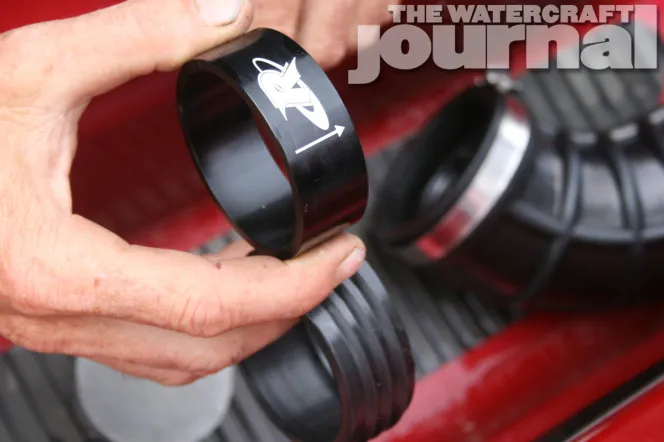
[Editor’s Note: Yes, we know Yamaha’s Super Vortex High Output’s horsepower usurps the SHO’s 215HP (estimated), but getting a naturally-aspirated engine to twist out 260-horsepower requires a lot of work that we felt was both unachievable and frankly, unlike to be duplicated by the layman and we wanted this article to be actually useful. – Ed]
In pursuing our goal, we equated that 68mph was to be our goal as most Yamaha SHO WaveRunners we’ve tested land squarely in this range when driven by a single rider and a 1/4 tank of fuel in its 18.5 gallon cell. This left us with a 5-miile per hour gap we needed to close up. As our machine could only suck in as much air and fuel as its reciprocating cycle could draw, we needed to open up the Yamaha’s airways. We did this by removing the restrictive mesh element in the intake manifold with RIVA’s Intake Manifold Upgrade Kit.
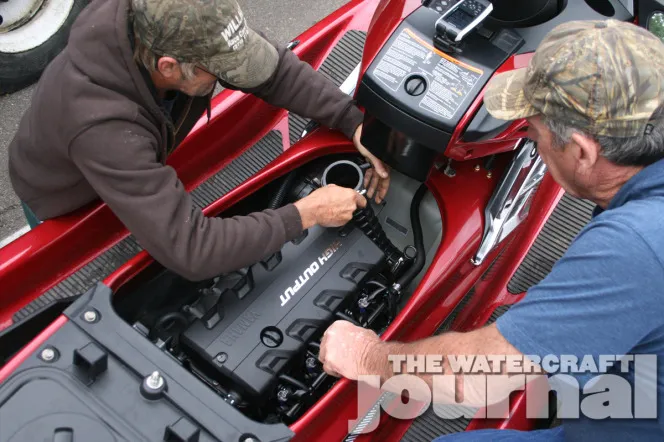
The $39.95 kit is a tapered billet sleeve that replaces the mesh element (or “flame arrestor”) effectively increasing air flow. The exchange is a little time-consuming as the inverted throttle body is a bit difficult to reach for many. Nevertheless, the time spent was worth while as we immediately picked up over a mile-an-hour, hitting a GPS-confirmed 64.3mph.
Our second step was our most radical: We turned to Greenhulk.net’s Jerry Gaddis for a custom ECU tune. Jerry happily accepted our FX HO’s ECU and reflashed it with PWCPerformance’s VXR/VXS/FX HO 1800 Stage 1 ECU tune. Priced at $674.96 (using the “greenhulk” 10-percent discount coupon code), it was our most expensive modification. Not only did this tune bump up the stock rev limiter to an excessive 8,350rpm, but gained us an advertised 20 horsepower.
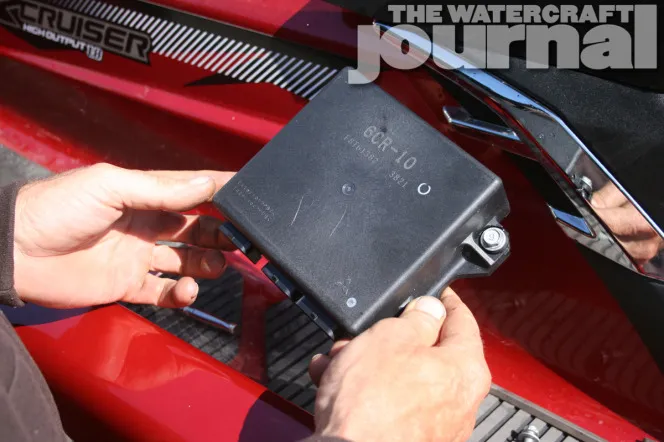
Of course, to fully benefit from the new tune certain modifications are strongly suggested including installing aftermarket air intake and exhaust modifications, as well as depitching the stock impeller 2-degrees to allow the engine to turn more rpms. And alas, we now were regulated to running strictly 91 octane fuel. While Jerry promises a 2-plus-mph gain when these modifications are made, we clocked 65.4mph, a solid mile-per-hour over our previous run.

With each subsequent modification we knew we’d unlock more performance from the retuned ECU as it was struggling to process air through the restrictive factory air intake and exhaust. But next on our list was to replace the stock 14/22 prop with a beautiful Skat-Trak Swirl 155mm impeller. Like changing the rear gears in your car, a repitched prop can massively effect the performance of any personal watercraft. We need a prop that would spin our engine rpms up and earn us some much needed speed.
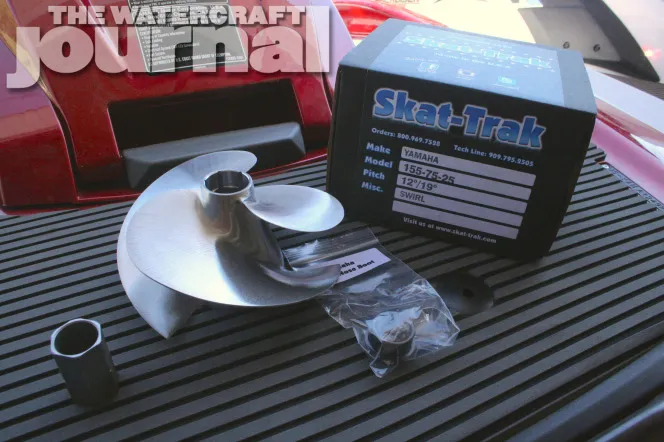
Retaining the stock 155mm pump, we reached out to Skat-Trak to help motivate our 1.8L WaveRunner. At $339.95, the Skat prop was an imperative purchased, and given their absolutely incomparable level of expertise, we saw no other route. With our new 155-75-25 Swirl impeller in hand, we went to Woody’s Raymer Motorsports in Paris, Tennessee to perform the swap. Staffed with certified Yamaha technicians, they quickly pulled the factory reverse bucket and nozzle, and the pump.
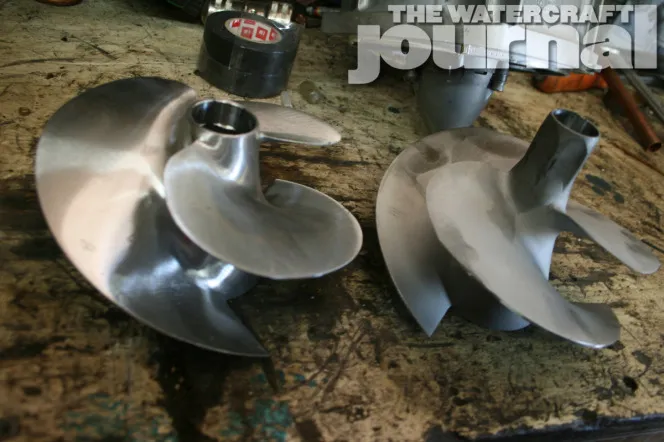
Although we had lost of the morning’s cool, dense air, we were still able to snap off a decent 66.2mph at 7,700rpm. Thinking our day to be over, we had one last hair-brained idea. Pulling the seat one last time, we popped open the factory air box and removed the large paper air filter element. Of course, we knew most of you would dare ride your ski without proper air filtration, but we wanted to see if we could move the needle.
And, surprisingly, it did! With the noonday sun rising into position, we tripped the GPS at 66.5mph. We knew that opening up the exhaust would gain us a few more miles-per-hour but hated the idea of running a noisy waterbox-less exhaust. A true cold air kit too would offer us some more speed, but we couldn’t see it being much better than running without the air filter.
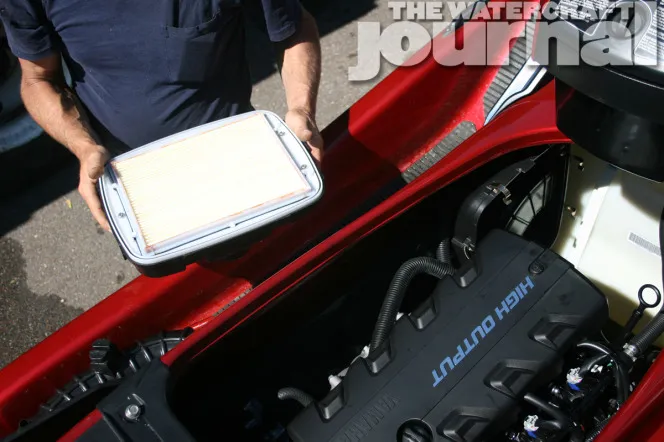
Ending our experiment there, we unfortunately fell below our 68mph goal. All in all, we spent a total of $1,200 in aftermarket in parts and labor to get us from 63 to 66.5mph. What stings all that more when we realized that the difference in price between a FX HO and a FX SHO is just $1,300, so for $100 more, we could gain 2.5mph and keep both our factory warranty and use of 87 octane. While we might’ve failed, we did realize what kind of smokin’ deal Yamaha’s pricing is on their stock watercraft.







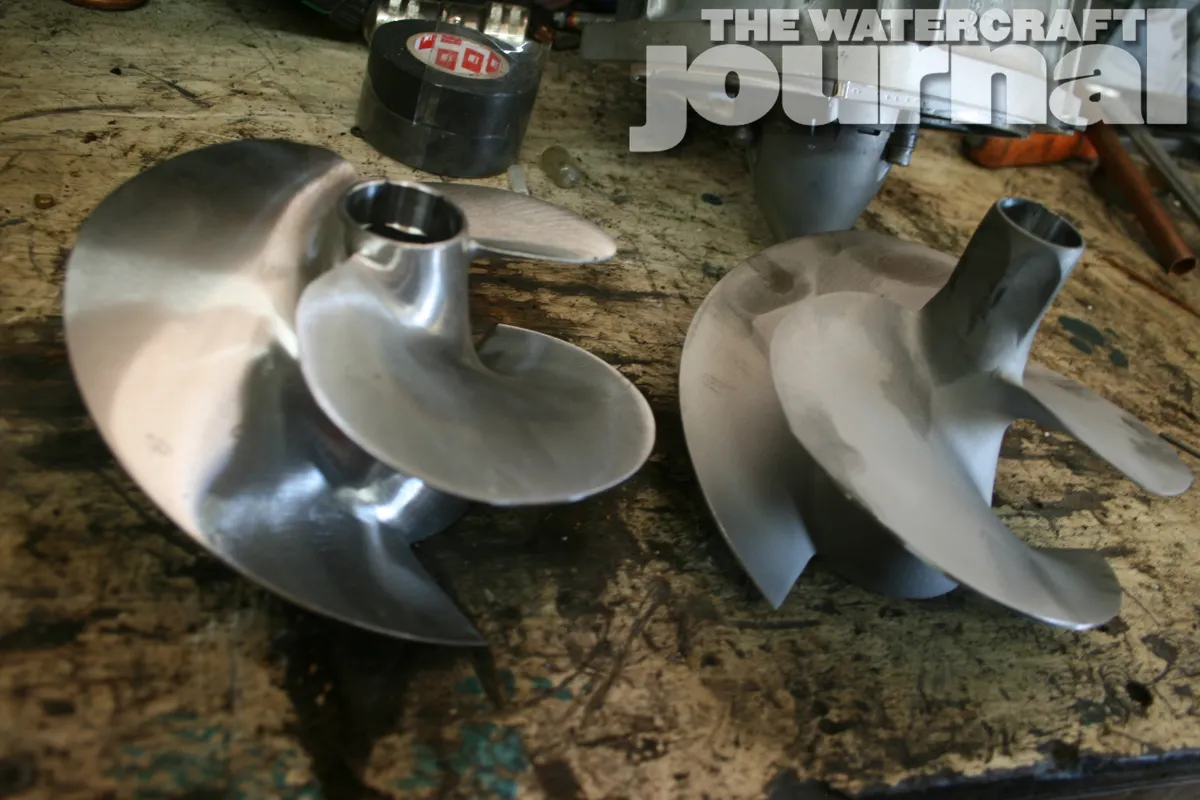
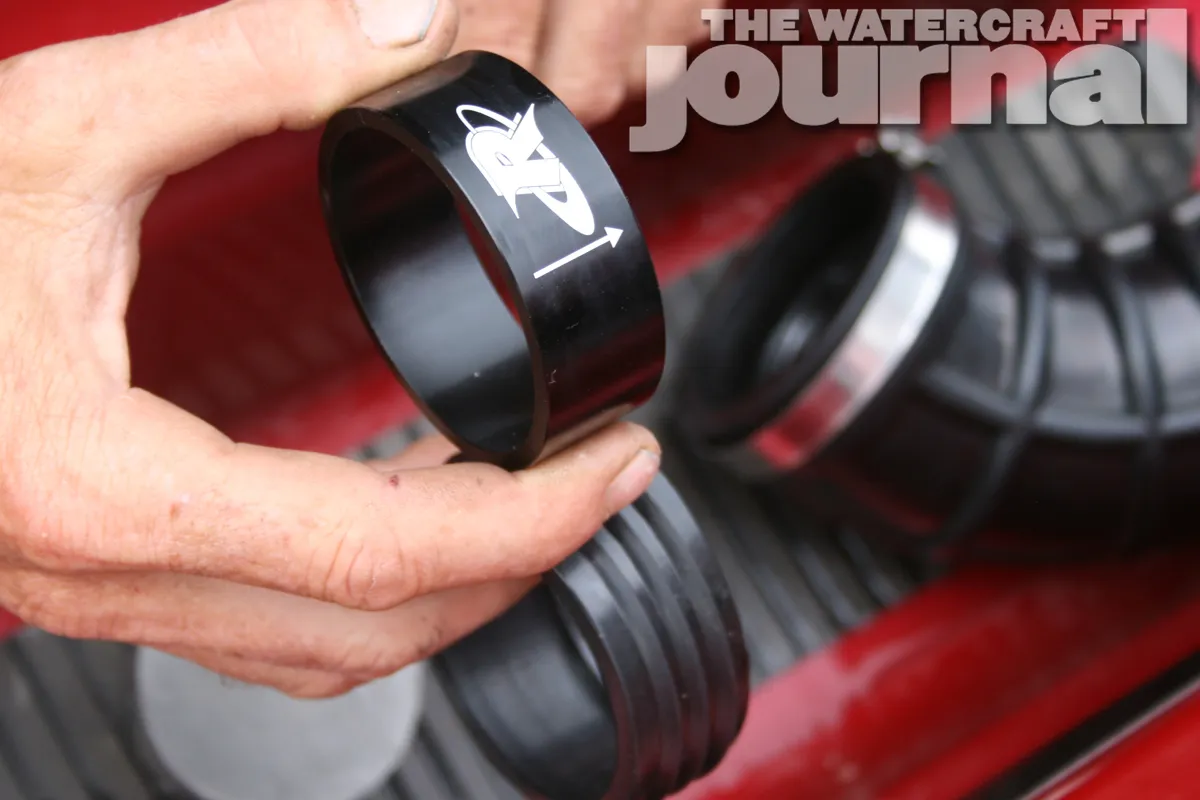
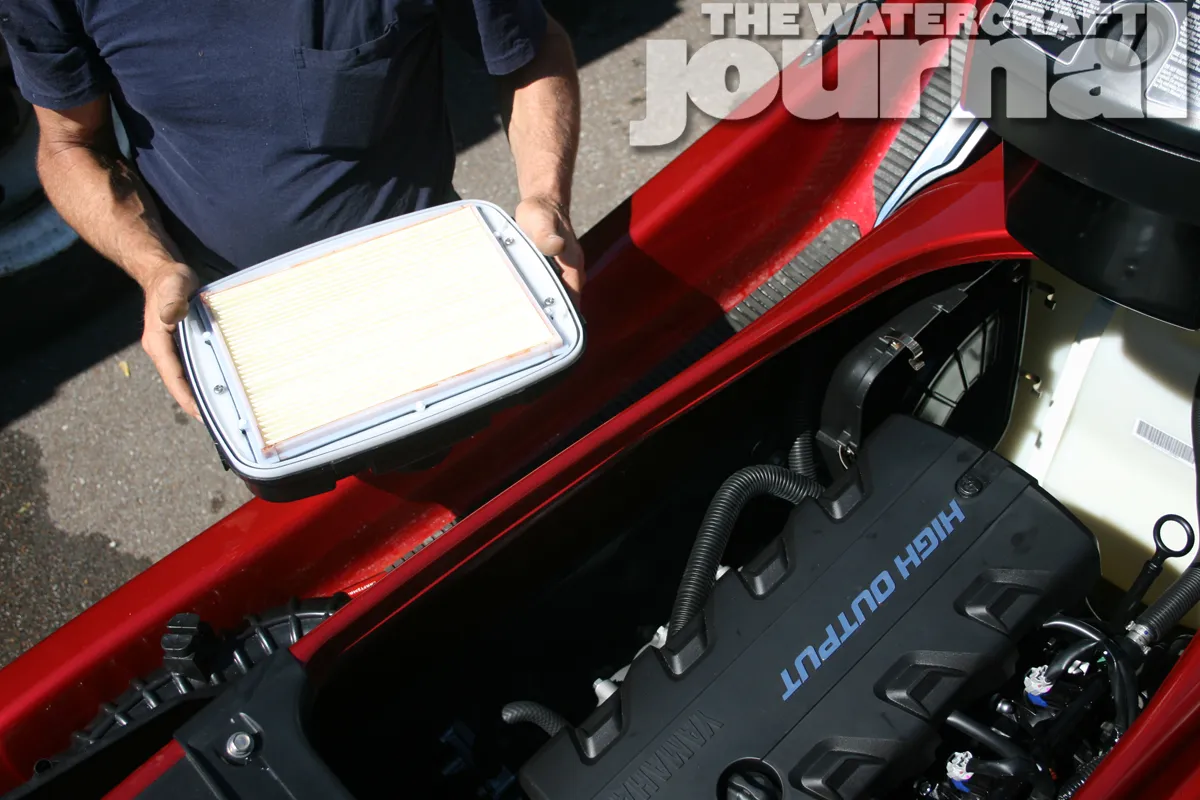

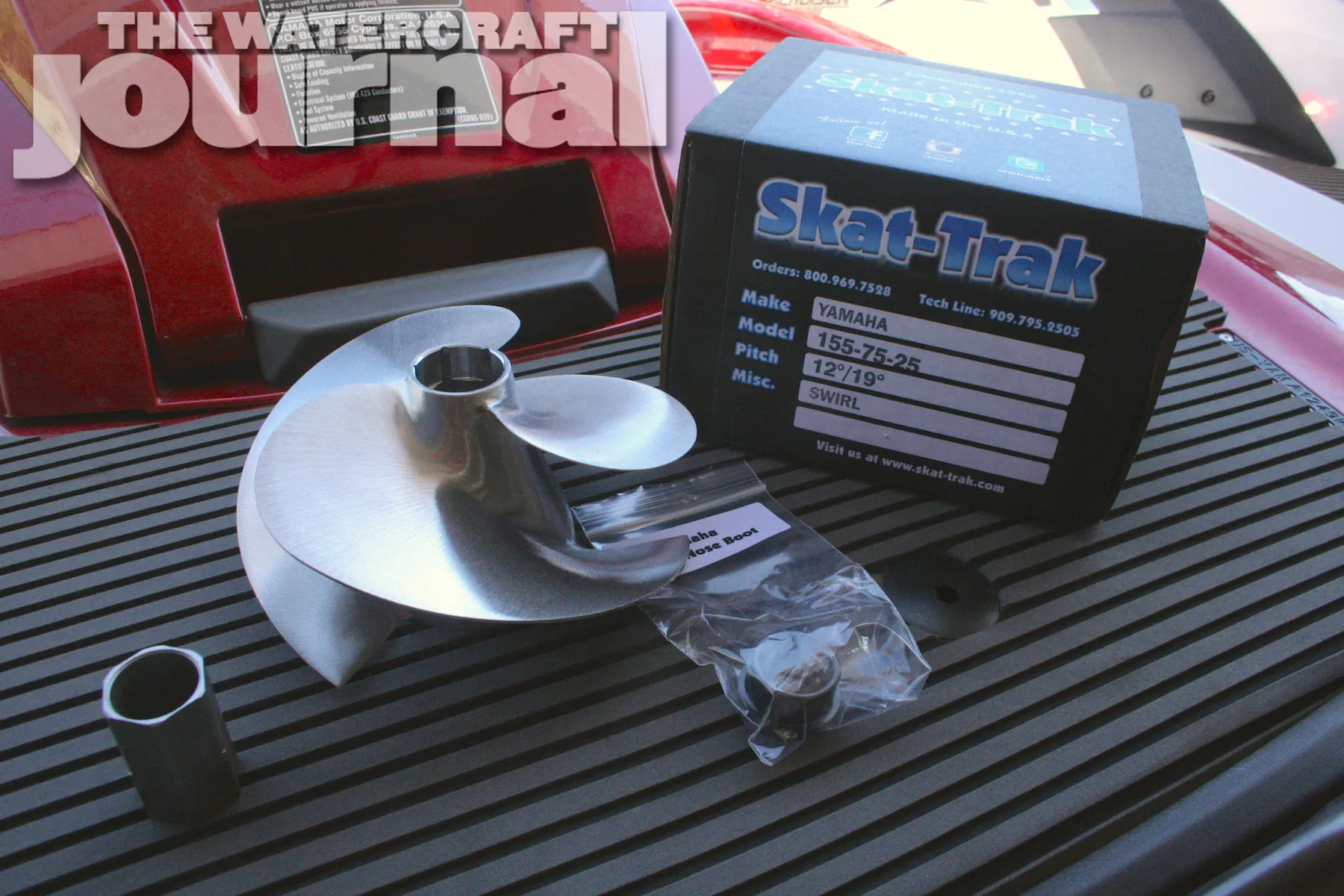
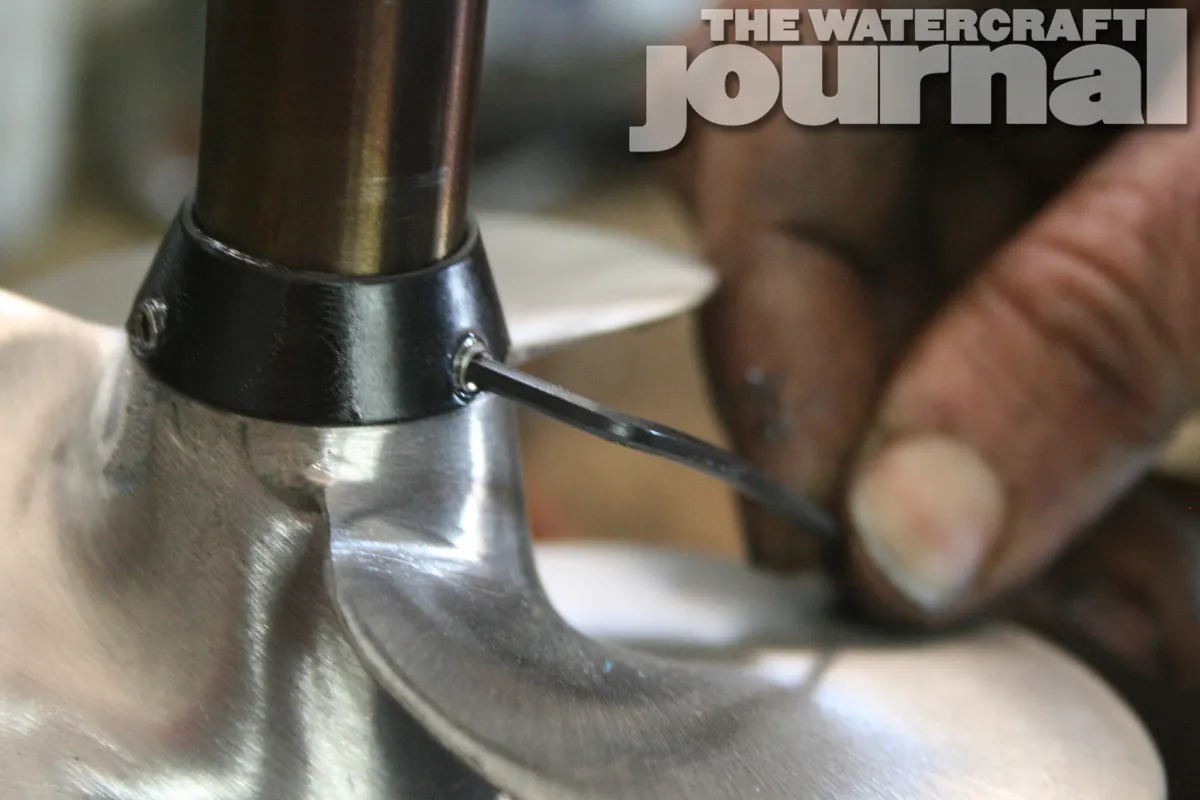
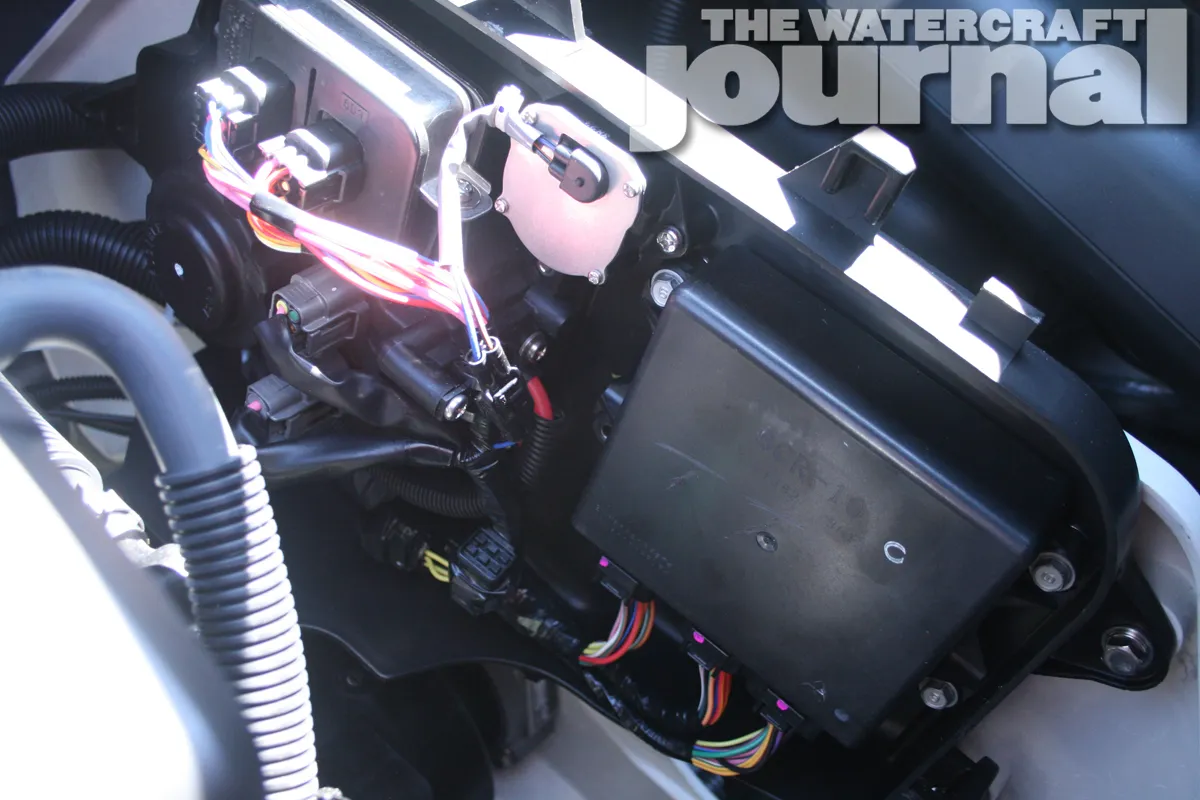
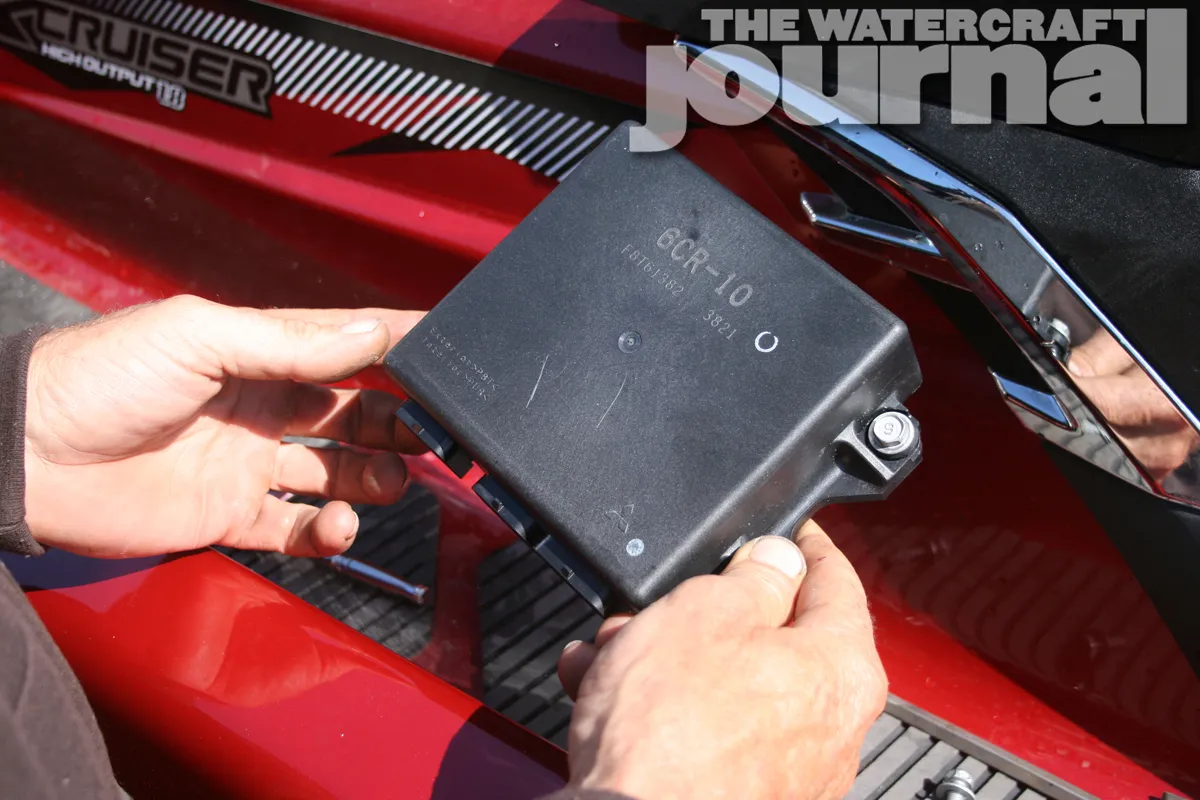
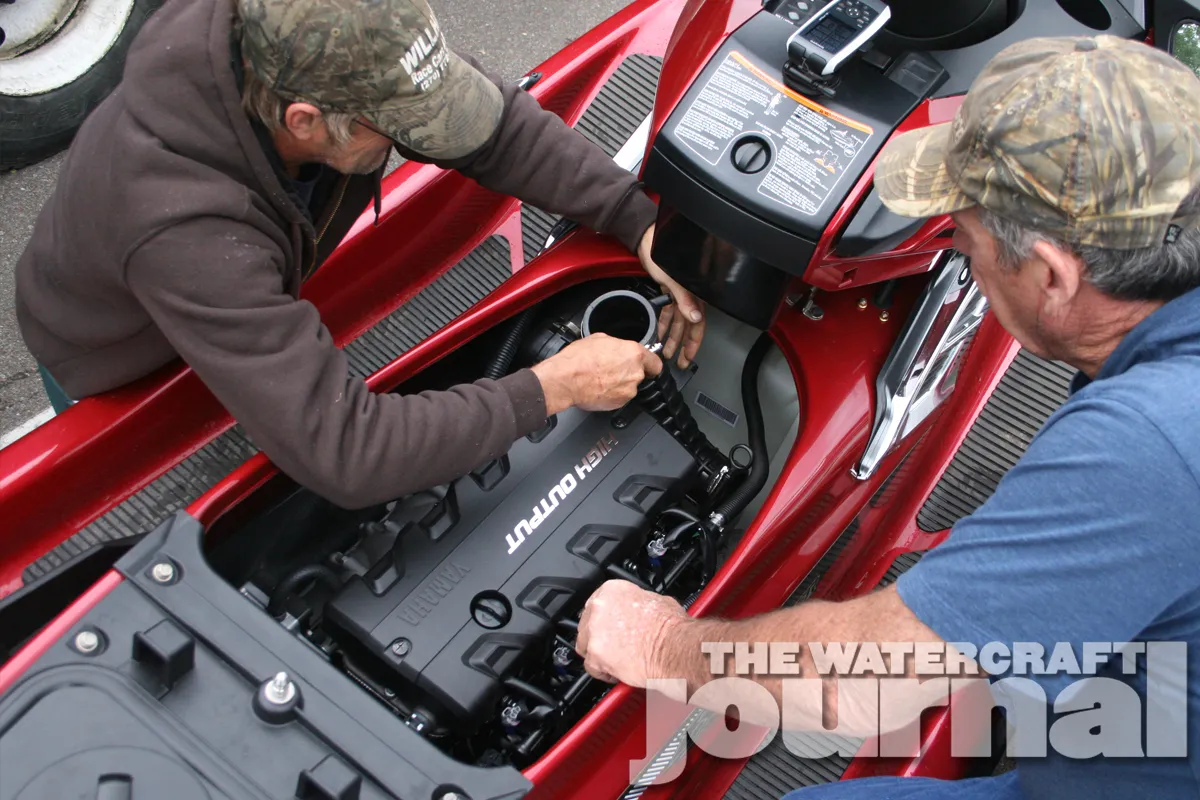
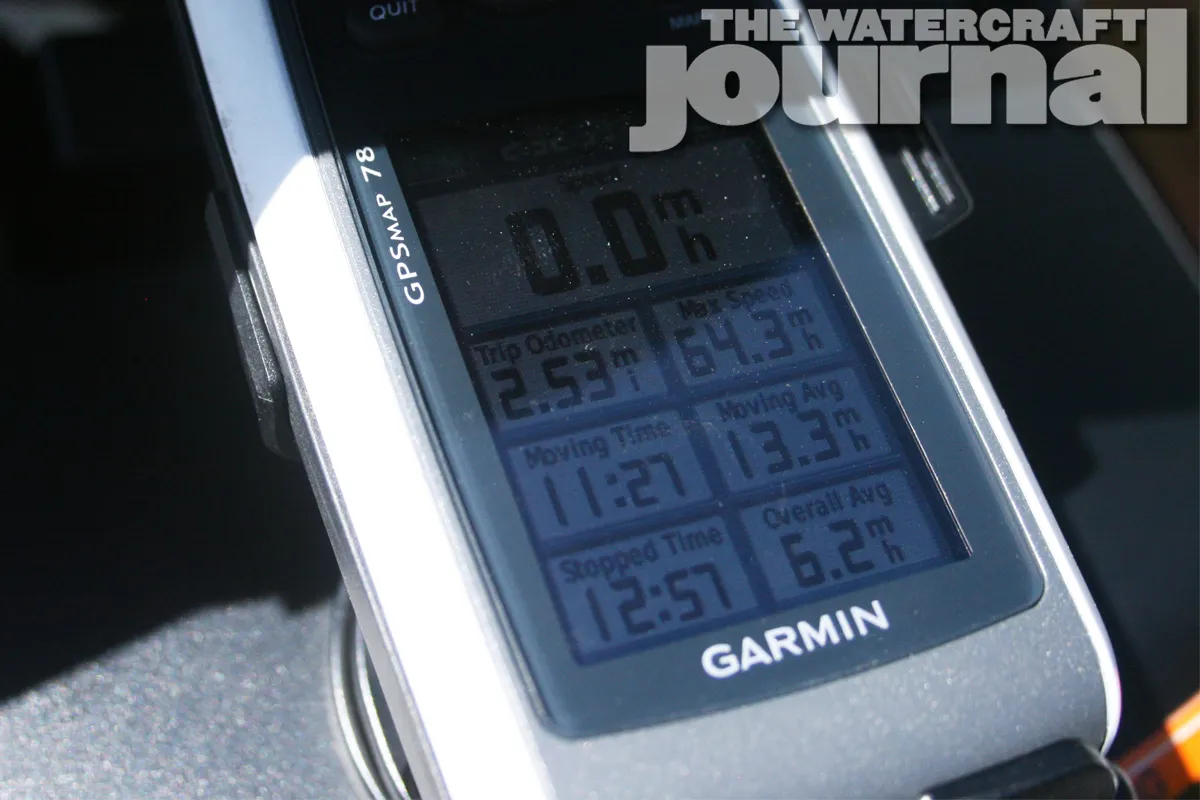
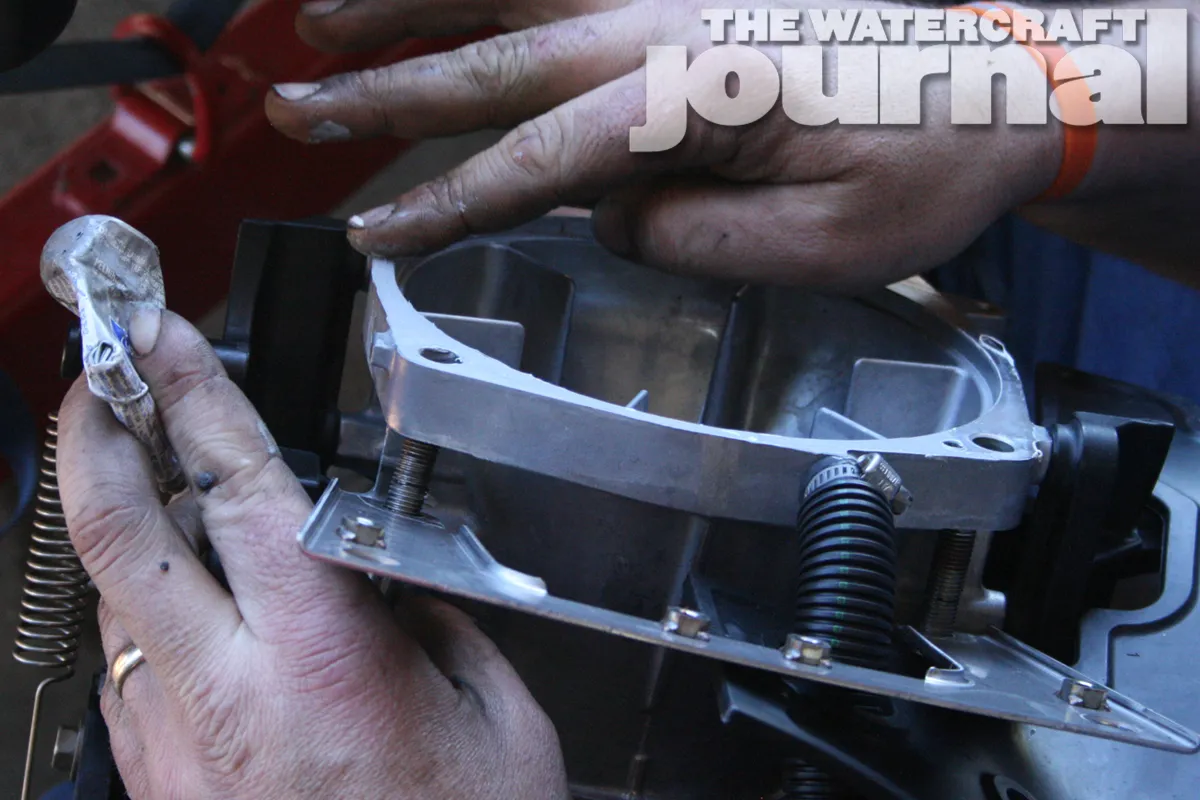
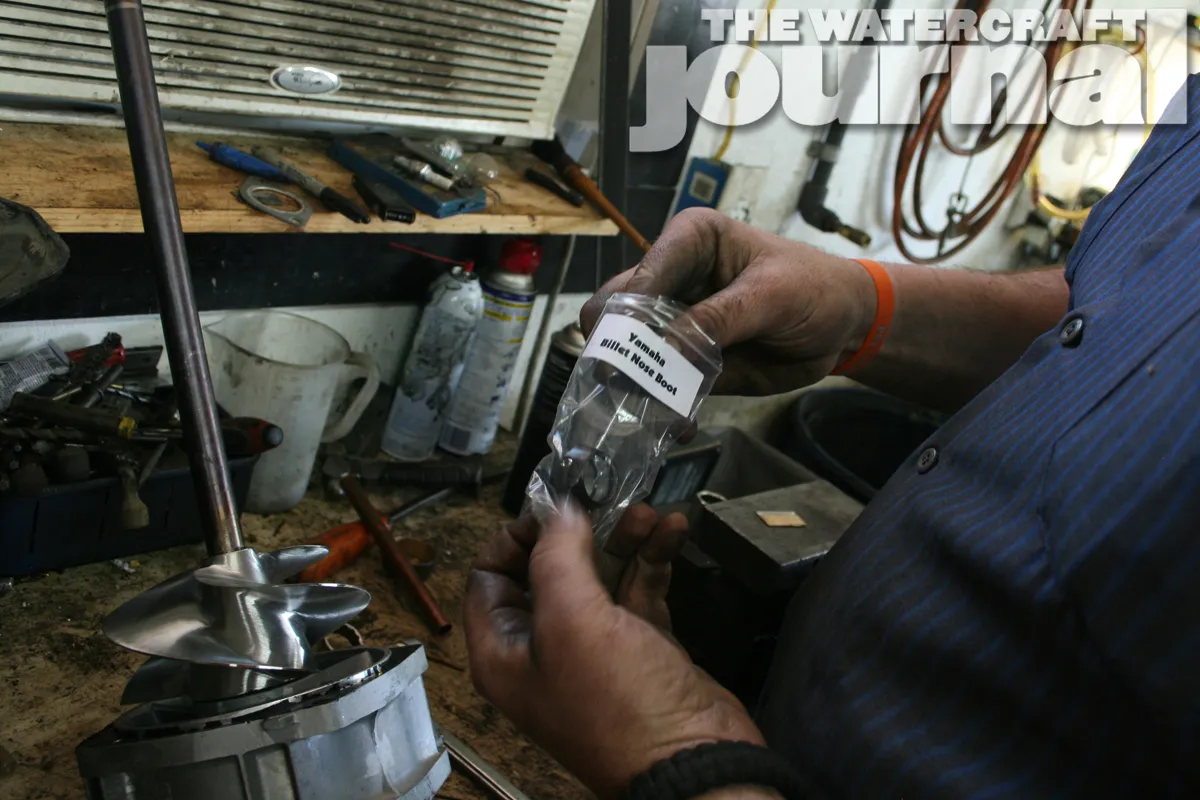
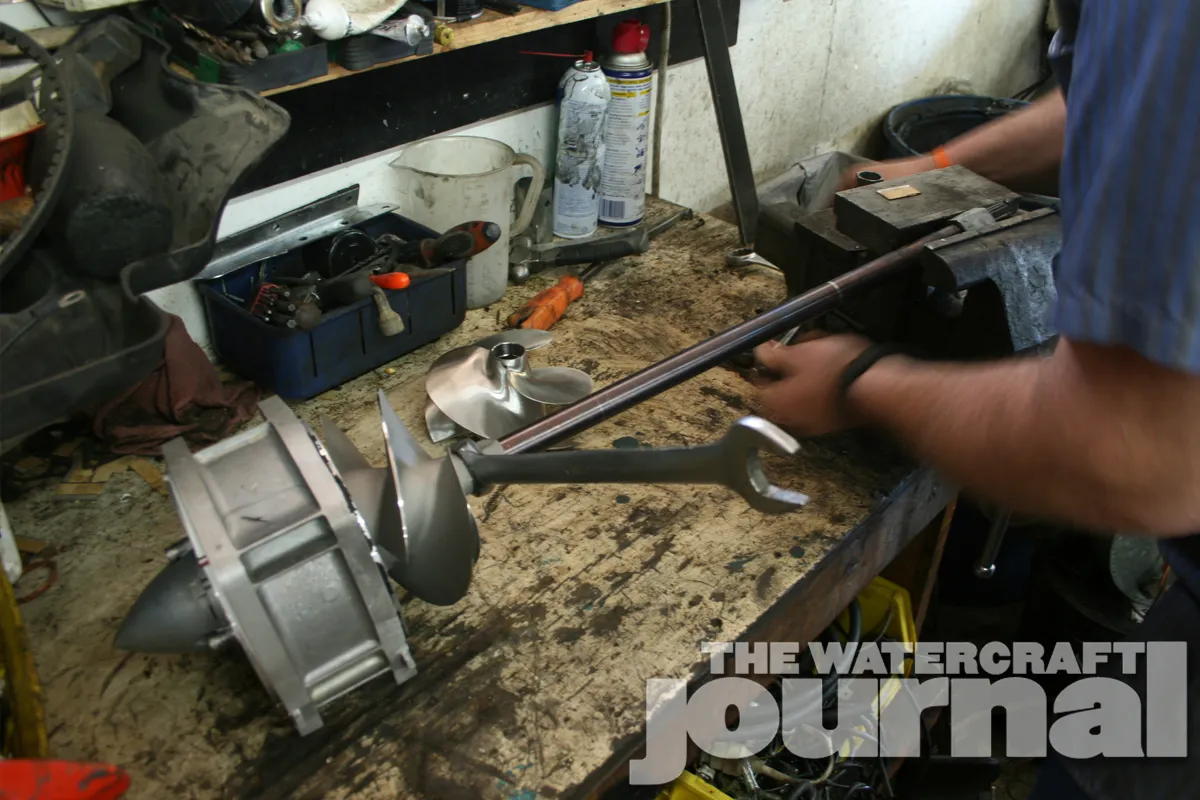
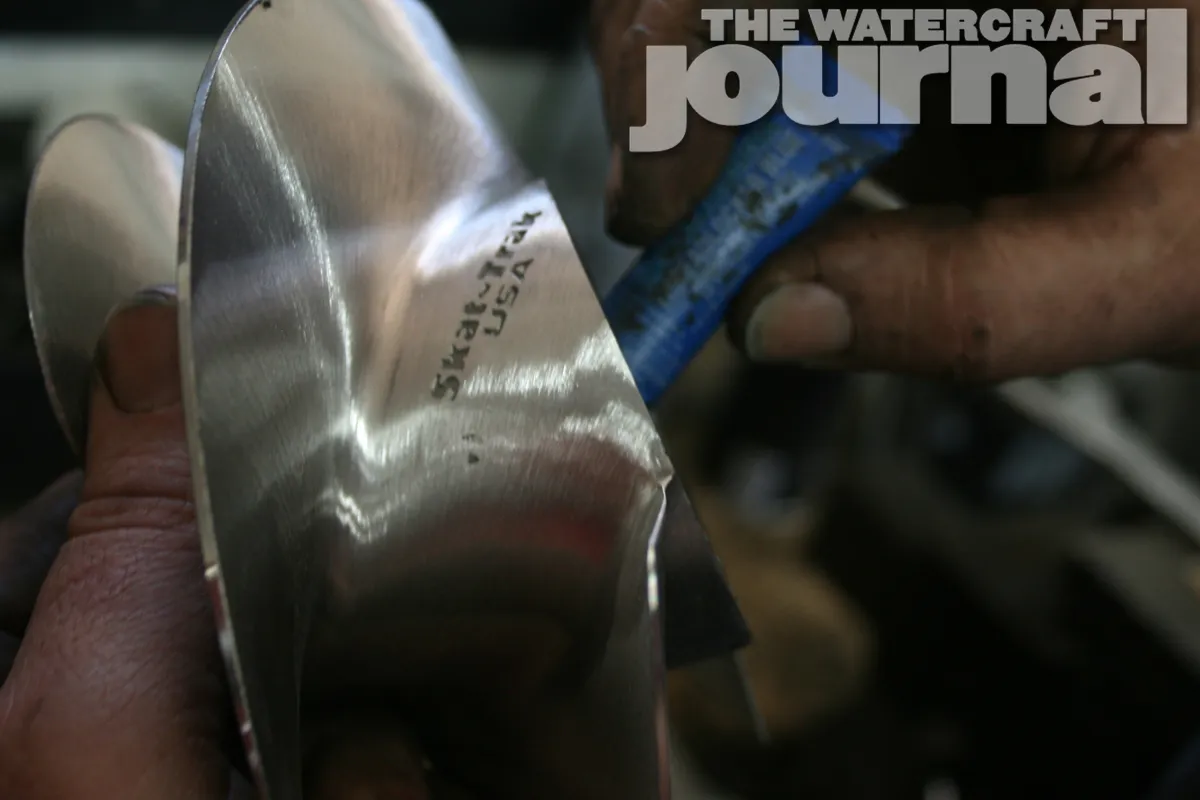
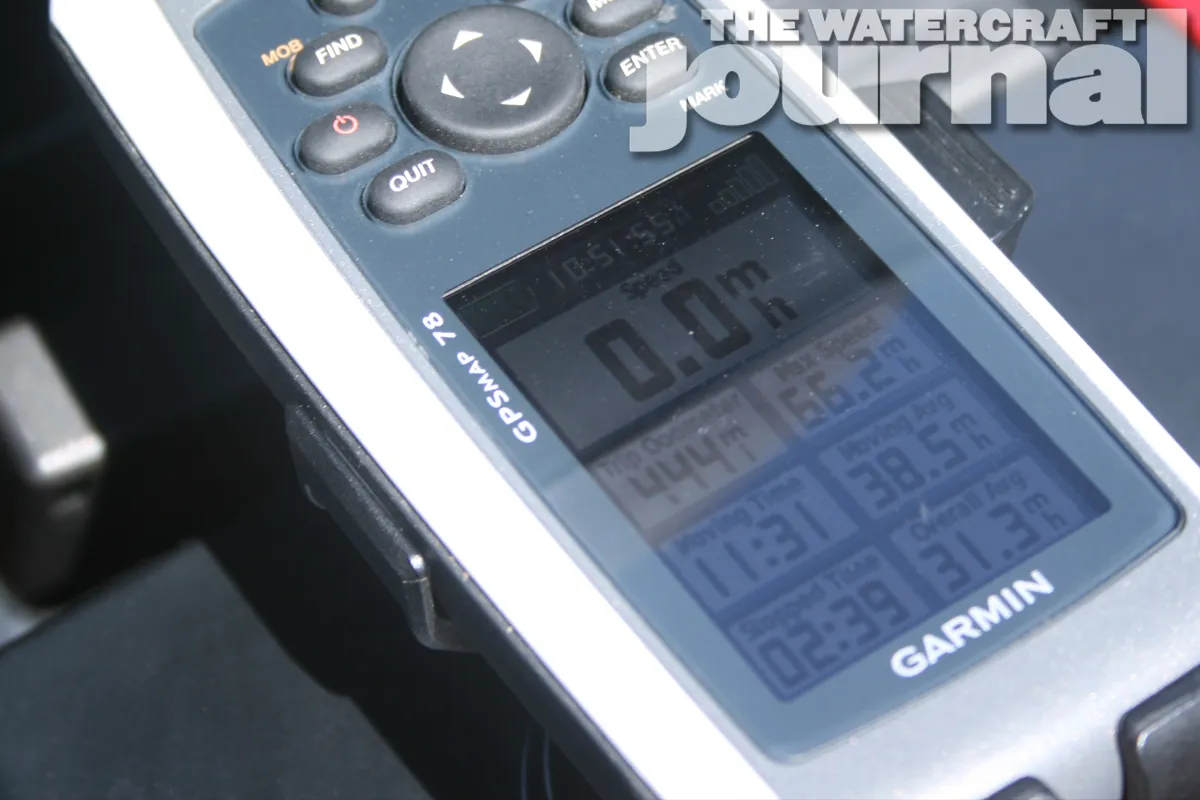

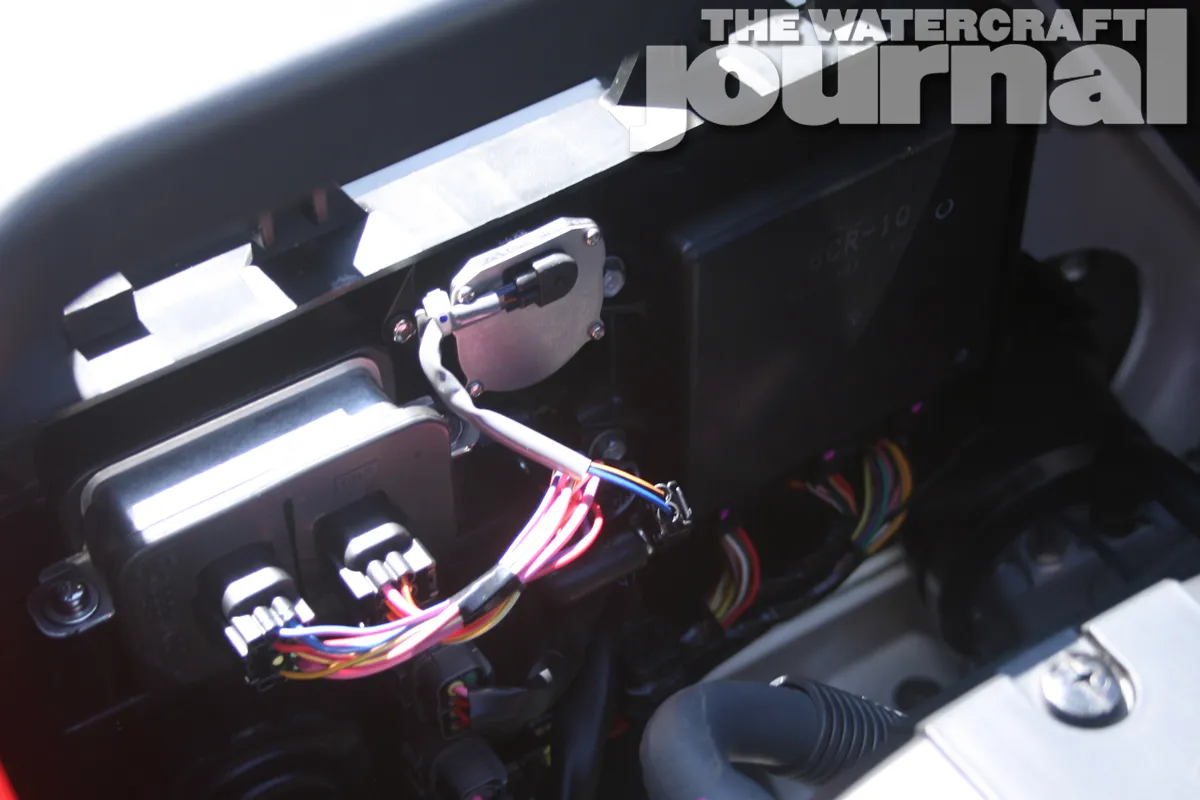
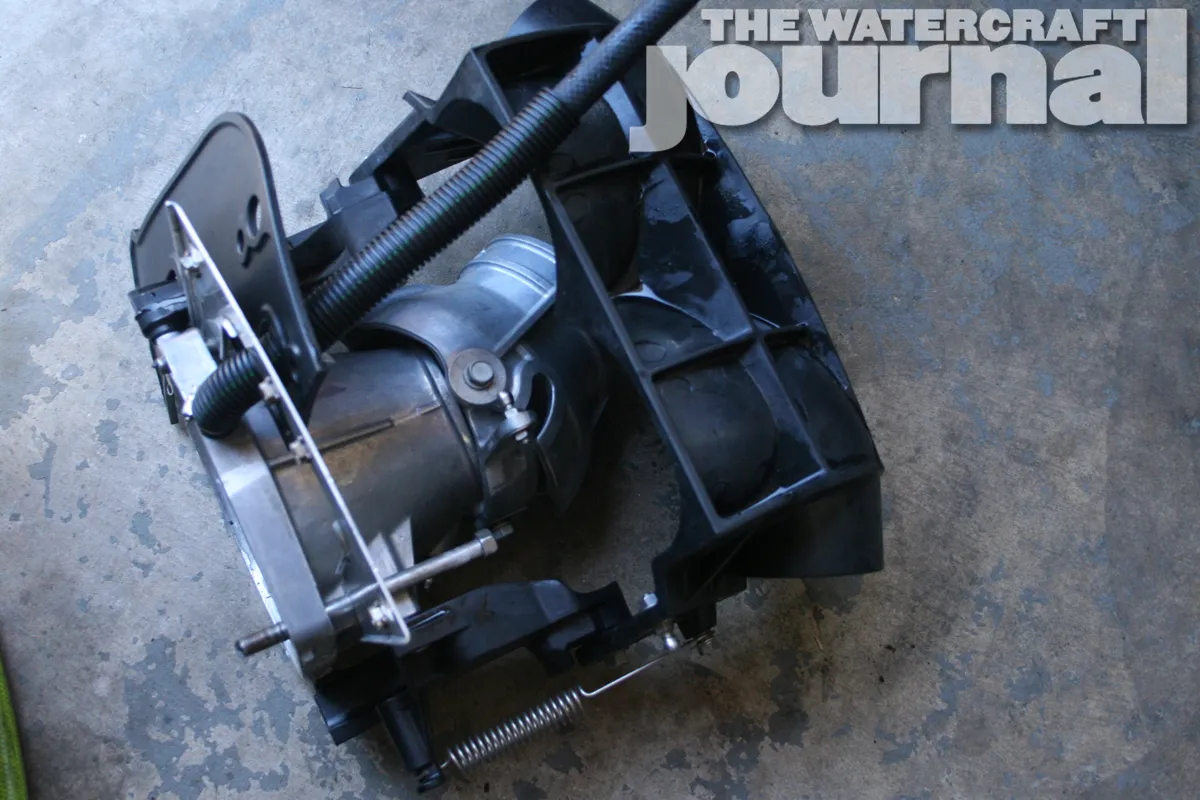
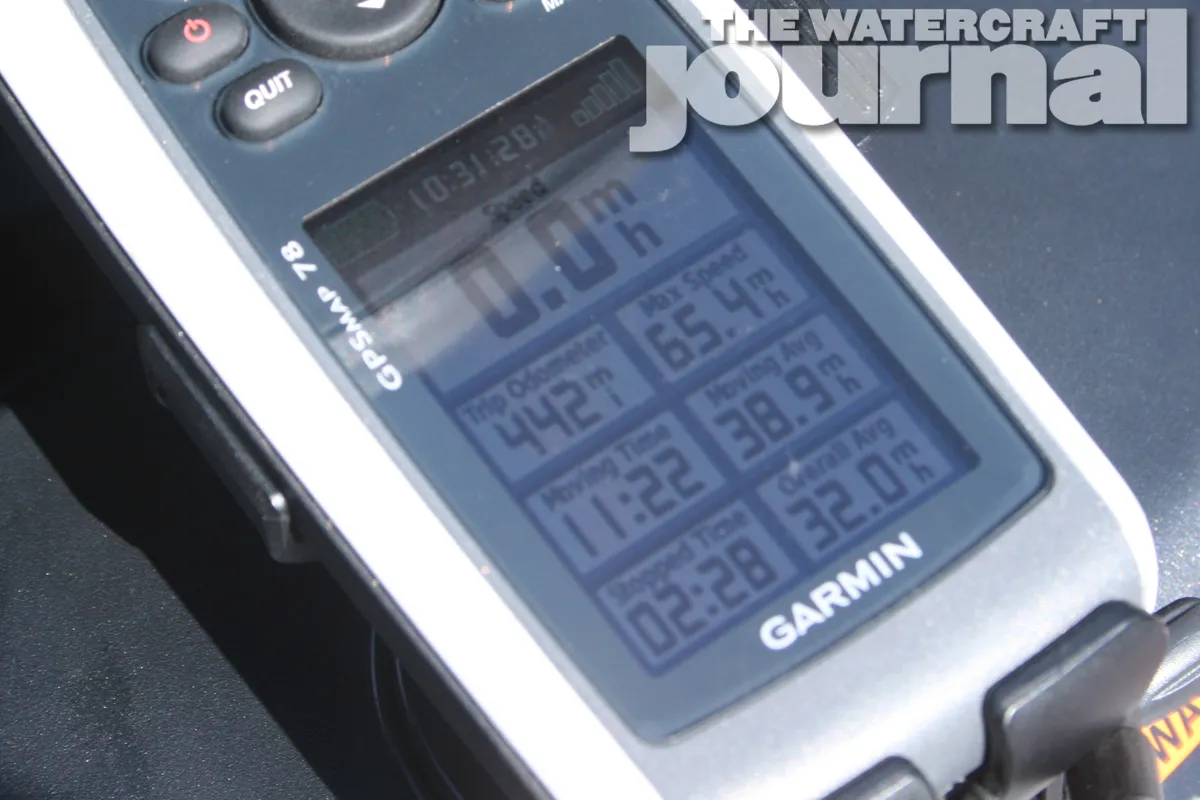
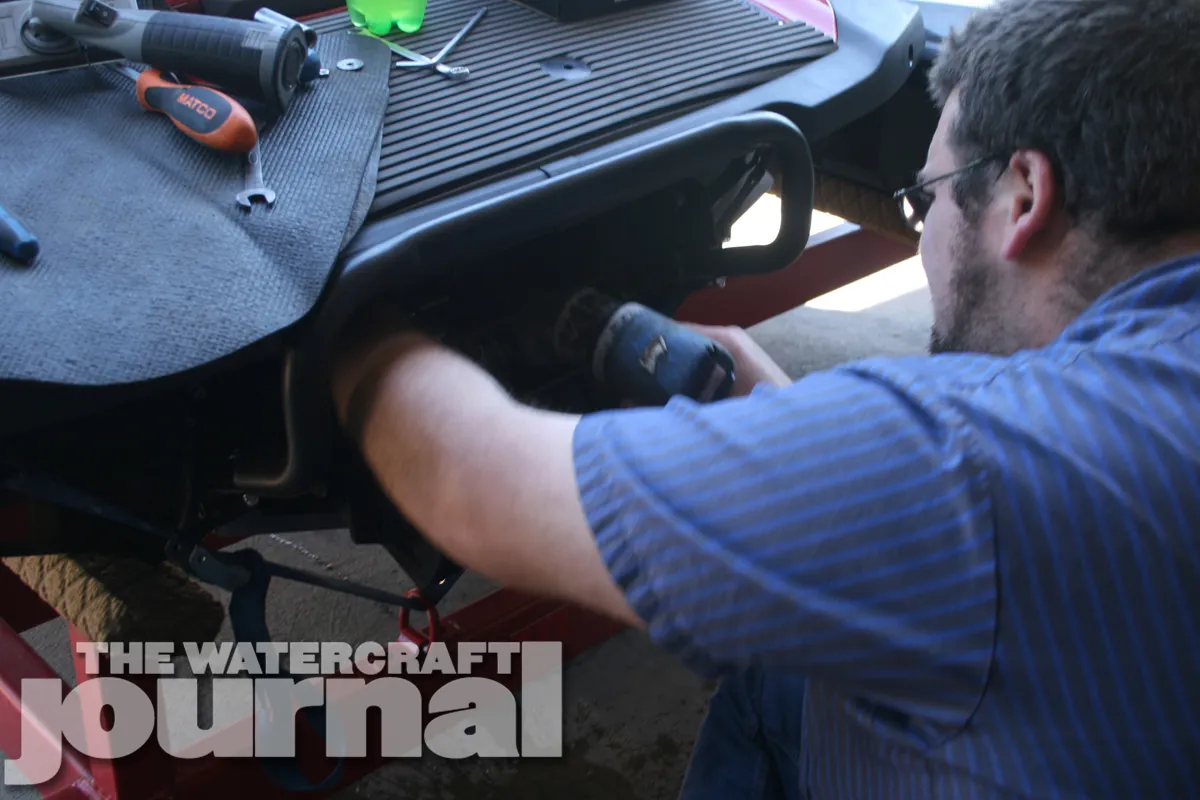



Jeez..Kevin
You should have done the white FX HO and not the red one. Everyone knows white is quicker then red.
Thanks for the article.
Appaloosa2
Hi i just brought 2016 vxr with these mods what sort of speeds would I expect as it does 66mph stock and witch mods are most beneficial thanks
lol amateurs, 70mph is easily achievable, you just need to go to the right shop. the VXR is still a great buy because it saves you the hassle of Supercharger issues
What impact would installing the 160mm pump from a SVHO have?
That’s an interesting question, to which I have no answer.
Re. the article itself … it’s always RPM, gentlemen, not RPMs. Even a novice should know this by now.
You DO realize you’re arguing semantics on an 8-year-old article, right? FYI, although out of style, “RPMs” is still grammatically accepted.